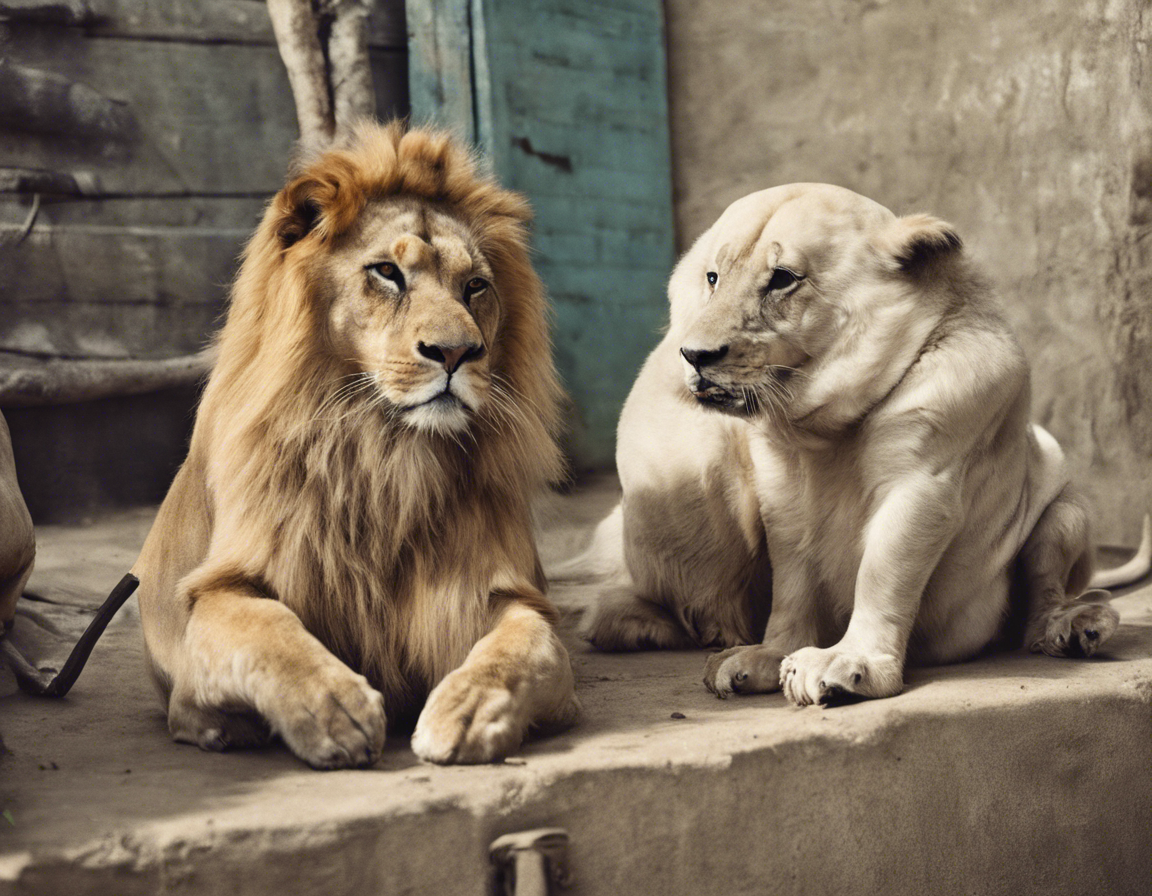Animal Behavior: Understanding the Fascinating World of Pehle Bhi Main!
Animal behavior is a captivating field that allows us to delve into the intricate and often surprising world of our non-human counterparts. From how animals communicate and interact with each other to their unique evolutionary adaptations, there is a wealth of knowledge waiting to be uncovered. One particularly intriguing aspect of animal behavior is the concept of Pehle Bhi Main, a term that highlights the resemblance or mimicry of one species by another. This phenomenon showcases not only the diverse strategies animals employ for survival but also sheds light on the complex dynamics of predator-prey relationships.
Understanding Pehle Bhi Main
Pehle Bhi Main, which translates to “I was there too” in Hindi, refers to the mimicry or imitation of one species by another to gain a survival advantage. This can take various forms, such as the visual resemblance of a harmless species to a toxic one (known as Batesian mimicry) or the mimicry of a dangerous species by a harmless one (Müllerian mimicry). By adopting similar physical characteristics or behaviors, animals can deceive predators or rivals, ultimately increasing their chances of survival.
Examples of Pehle Bhi Main in Nature
-
Butterflies: The viceroy butterfly mimics the coloration of the monarch butterfly, which is poisonous to predators. This resemblance helps the viceroy avoid being eaten by predators that have learned to avoid the toxic monarch.
-
Snakes: The harmless milk snake bears a striking resemblance to the venomous coral snake. This mimicry deters predators that mistake the milk snake for its dangerous counterpart, providing a valuable defense mechanism.
-
Insects: Several species of moths mimic the appearance of wasps, complete with similar color patterns and movements. This mimicry discourages predators that associate the appearance of wasps with a painful sting, offering protection to the harmless moths.
Adaptive Significance of Pehle Bhi Main
The phenomenon of Pehle Bhi Main underscores the importance of adaptation and survival strategies in the animal kingdom. By evolving to resemble other species, animals can exploit the learned behaviors of predators and avoid being targeted. This mimicry not only enhances the chances of individual survival but also contributes to the overall biodiversity and balance of ecosystems.
Relevance in Conservation and Research
Studying the phenomenon of Pehle Bhi Main has significant implications for conservation efforts and ecological research. By understanding how mimicry functions in nature, scientists can gain insights into animal behavior, predator-prey relationships, and the evolution of adaptive traits. This knowledge is crucial for conservationists seeking to protect vulnerable species and preserve the delicate balance of ecosystems.
Frequently Asked Questions (FAQs)
- What is the difference between Batesian mimicry and Müllerian mimicry?
-
Batesian mimicry involves a harmless species mimicking a toxic or dangerous species to deceive predators, while Müllerian mimicry refers to the mimicry of multiple harmful species by each other, reinforcing a warning signal to predators.
-
How does mimicry benefit animals in terms of survival?
-
Mimicry can help animals avoid predation by deceiving predators into mistaking them for a different, often dangerous, species. This increased survival advantage allows mimics to thrive in their respective habitats.
-
Are there examples of Pehle Bhi Main in marine environments?
-
Yes, marine animals also exhibit mimicry as a survival strategy. For instance, the mimic octopus can imitate the appearance and movements of other toxic sea creatures to deter predators.
-
Can Pehle Bhi Main occur between species from different taxonomic groups?
-
Yes, mimicry can transcend species boundaries and occur between different taxonomic groups. Evolutionary pressures can drive animals to mimic the appearance or behaviors of unrelated species to enhance their chances of survival.
-
How do predators adapt to mimicry in prey species?
- Predators may evolve to differentiate between mimics and their models based on subtle cues or behaviors. Through natural selection, predators can learn to avoid mimics that do not possess the true defenses of their models.
In conclusion, the phenomenon of Pehle Bhi Main exemplifies the remarkable adaptations and survival strategies that have evolved in the animal kingdom. By mimicking other species, animals demonstrate the intricacies of coevolution and the dynamic interplay between predators and prey. Exploring this phenomenon not only enriches our understanding of animal behavior but also underscores the importance of biodiversity conservation and ecosystem sustainability.
